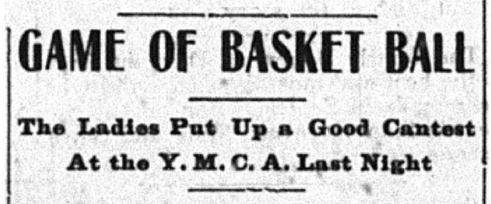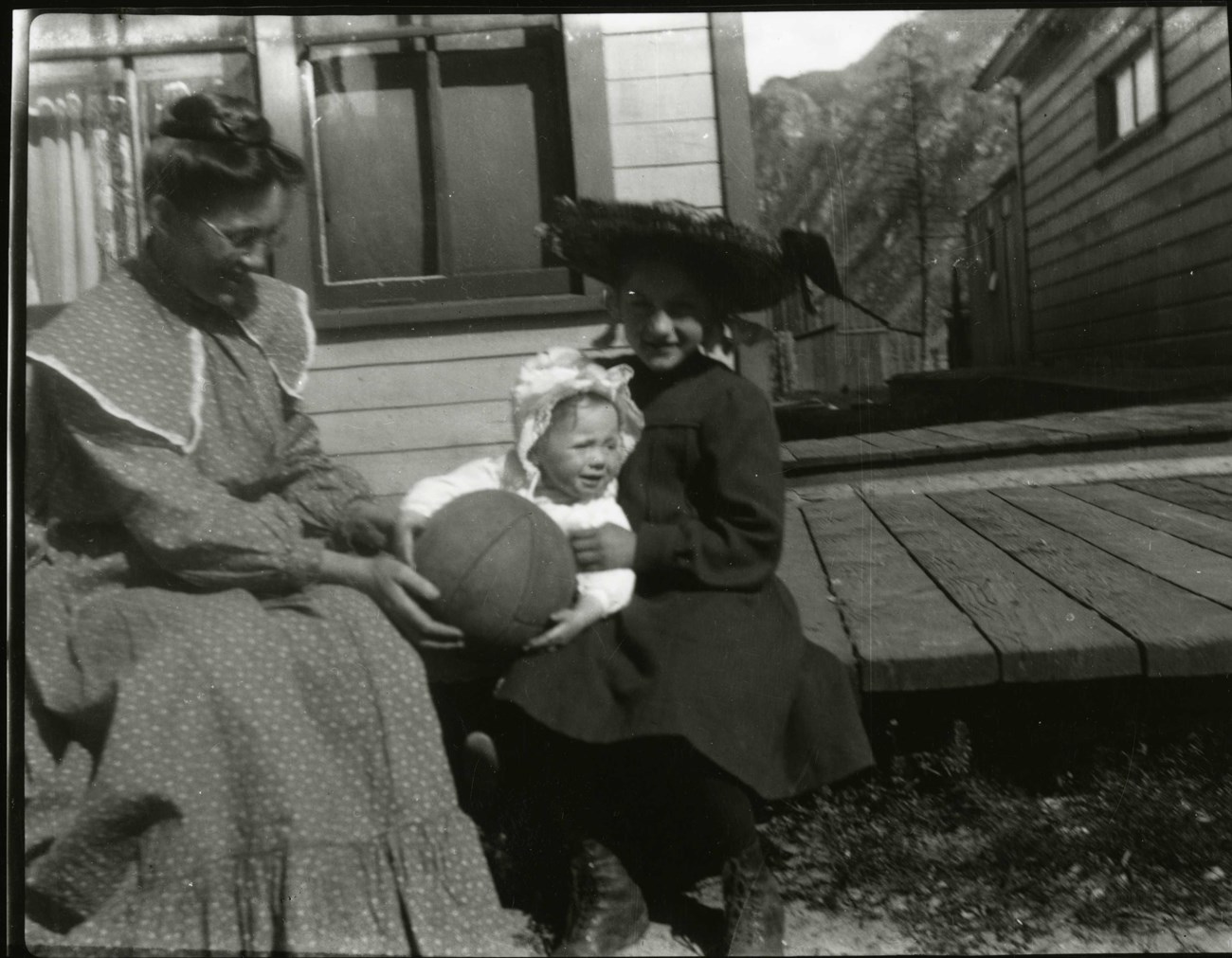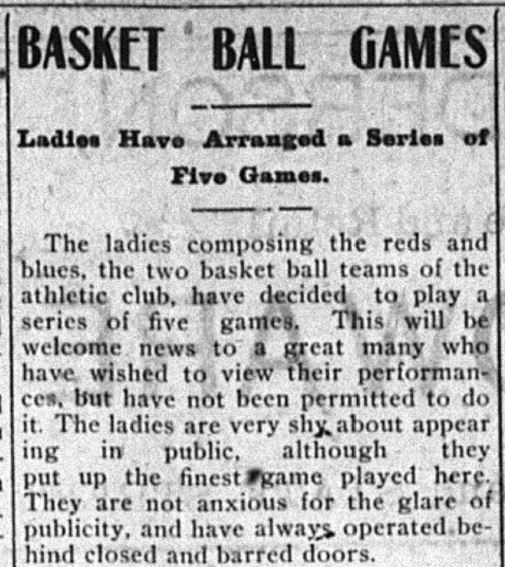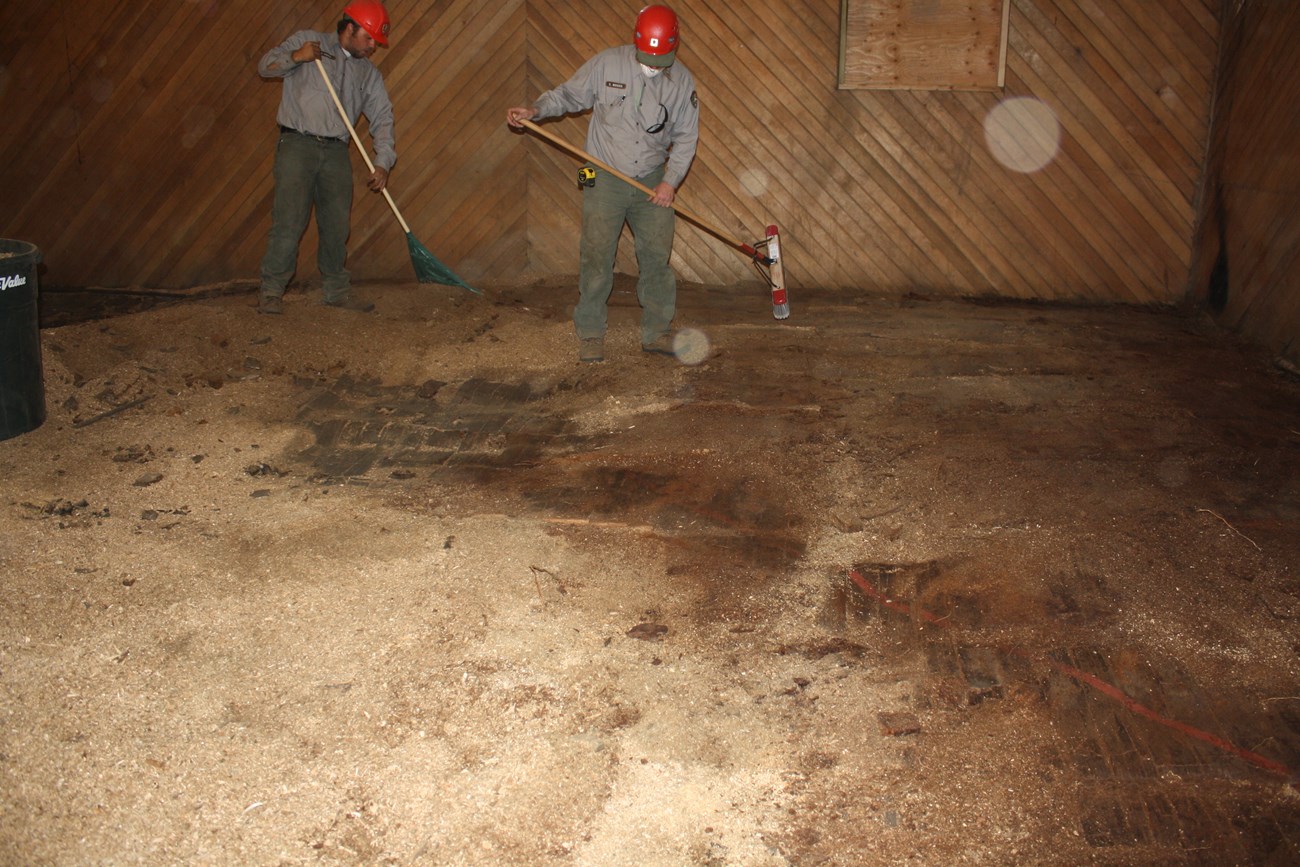
The Daily Alaskan, May 29, 1901 Women In The NorthJourneying north to Alaska was a trip few women braved, but for those who did a community of opportunity awaited. Women in Skagway still didn't have the same freedom as their male counterparts, but women did have more opportunities here than back home. In the gold rush days some women arrived looking to make their fortune in prospecting, others in business. Nobody thought the gold rush would end as fast as it did, but within two years the rush had ended, and Skagway remained.
National Park Service, Klondike Gold Rush National Historical Park, Stinebaugh Collection, KLGO 0004.009.001.003a A Changing DemographicIn the years following the gold rush Skagway saw their community change. The population became smaller, there were less people passing through, and families began to put down roots. This year round population started looking for diversions from their everyday grind. This need led to the rise of formal recreation in Skagway. The first organization to meet this need was the Young Men's Christian Association (Y.M.C.A). The Y.M.C.A. offered a wide variety of activities, and for some of the young women in town the Y.M.C.A. was a place to let loose. Young ladies in Skagway came together at the Y.M.C.A. and formed two basketball teams, the Reds and the Blues. Skagway's women's teams were ahead of their time, as the first women's collegiate teams were less than a decade old.
The Daily Alaskan, June 19, 1901 Let The Games BeginBy June of 1901 the two womens teams announced that they would be playing a series of five games. These games for the first time would be open to spectators. The local paper reported that,Women playing sports may not seem ground breaking in the modern day, but in the early 1900s it was almost unheard of. Participating in sports was unusual, but women in Skagway went one step further and actively organized the teams on their own. Having the freedom to not only play on teams, but organize them, is an example of how women exercised their social freedom in Skagway. 
NPS photo Uncovering The PastKlondike Gold Rush protects over twenty historic structures in the city of Skagway, including the Y.M.C.A. The Rasmunson Foundation donated the building to the National Park Service in 2007. Since 2007 the building has been an active rehabilitation project and visitors today are able to see the process in action. One discovery during the initial work was the original foul lines painted on the gymnasium floor. These lines are a tangible connection to the recreational history of Skagway and help bring the past to life. |
Last updated: September 27, 2017
